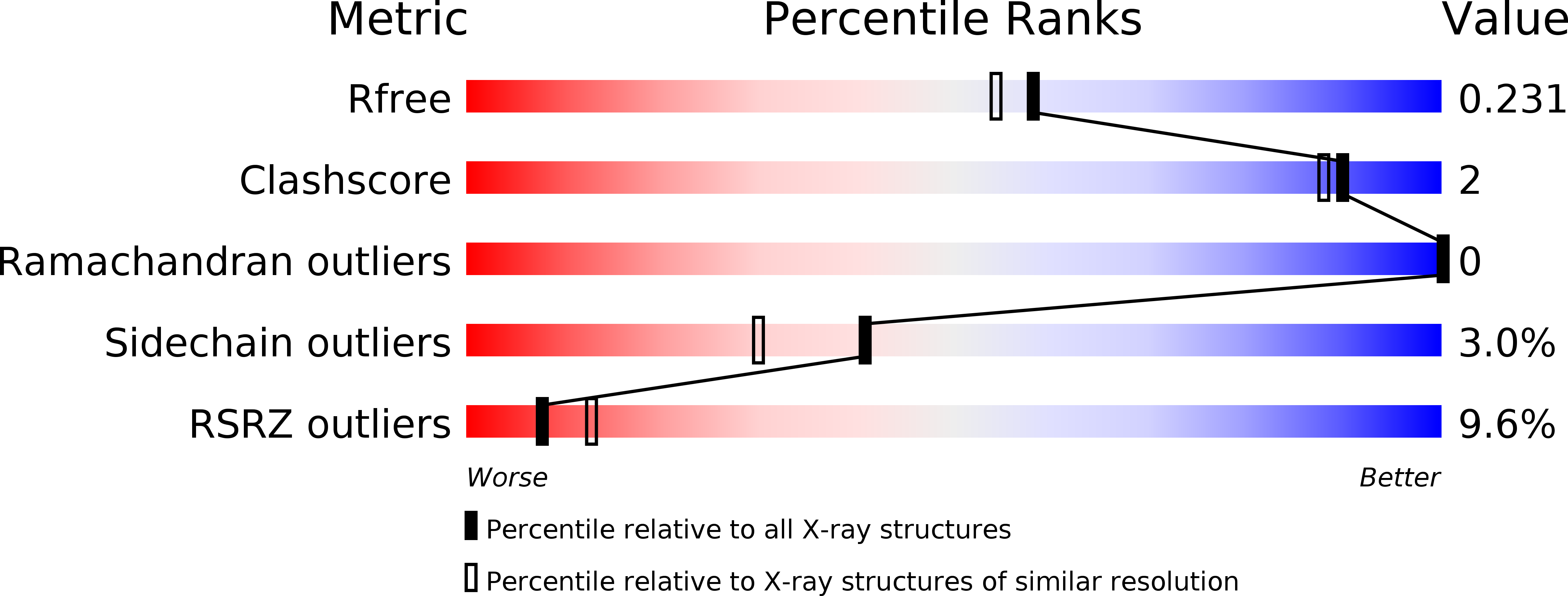
Deposition Date
2004-01-29
Release Date
2004-03-11
Last Version Date
2024-05-08
Entry Detail
PDB ID:
1UW4
Keywords:
Title:
The structural basis of the interaction between nonsense mediated decay factors UPF2 and UPF3
Biological Source:
Source Organism:
HOMO SAPIENS (Taxon ID: 9606)
Host Organism:
Method Details:
Experimental Method:
Resolution:
1.95 Å
R-Value Free:
0.22
R-Value Work:
0.20
R-Value Observed:
0.20
Space Group:
P 21 21 2


